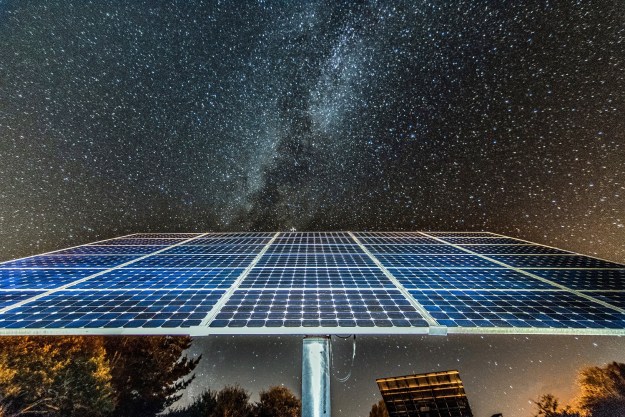
Like the Fuel Tank, the Pocket Booster will juice up your mobile phone without an outlet, but it feeds off two standard AAA batteries rather than an internal lithium-ion version. This design allows you to remove the charged cells to power other portable devices like wireless mice and cameras, and even carry spares in case of extended runs away from an outlet.
Kensington says the Booster will deliver up to three hours of extended talk time on a mobile phone, but that figure will vary with different types of phones (for the geeks out there who want tocompare it with their cell phone batteries, it stores 800 mAh of charge.) The unit includes a mini-USB cable to charge many common types of phones, and it also has a standard USB connector forcharging off of larger devices, like your notebook computer. The Kensington Pocket Booster for mobile phones is available immediately for a rather reasonable $25, which includes the NiMH batteries.More information can be found on Kensington’s product page.
Editors' Recommendations
- Harnessing darkness: The race to solve solar power’s greatest problem
- Alzheimer’s stole her ability to read. An Alexa-powered chair gave it back
- Researchers use artificial intelligence to develop powerful new antibiotic
- Semitransparent solar cells could power tomorrow’s self-sustaining greenhouses
- Why the Mars 2020 rover is armed with a high-powered laser


